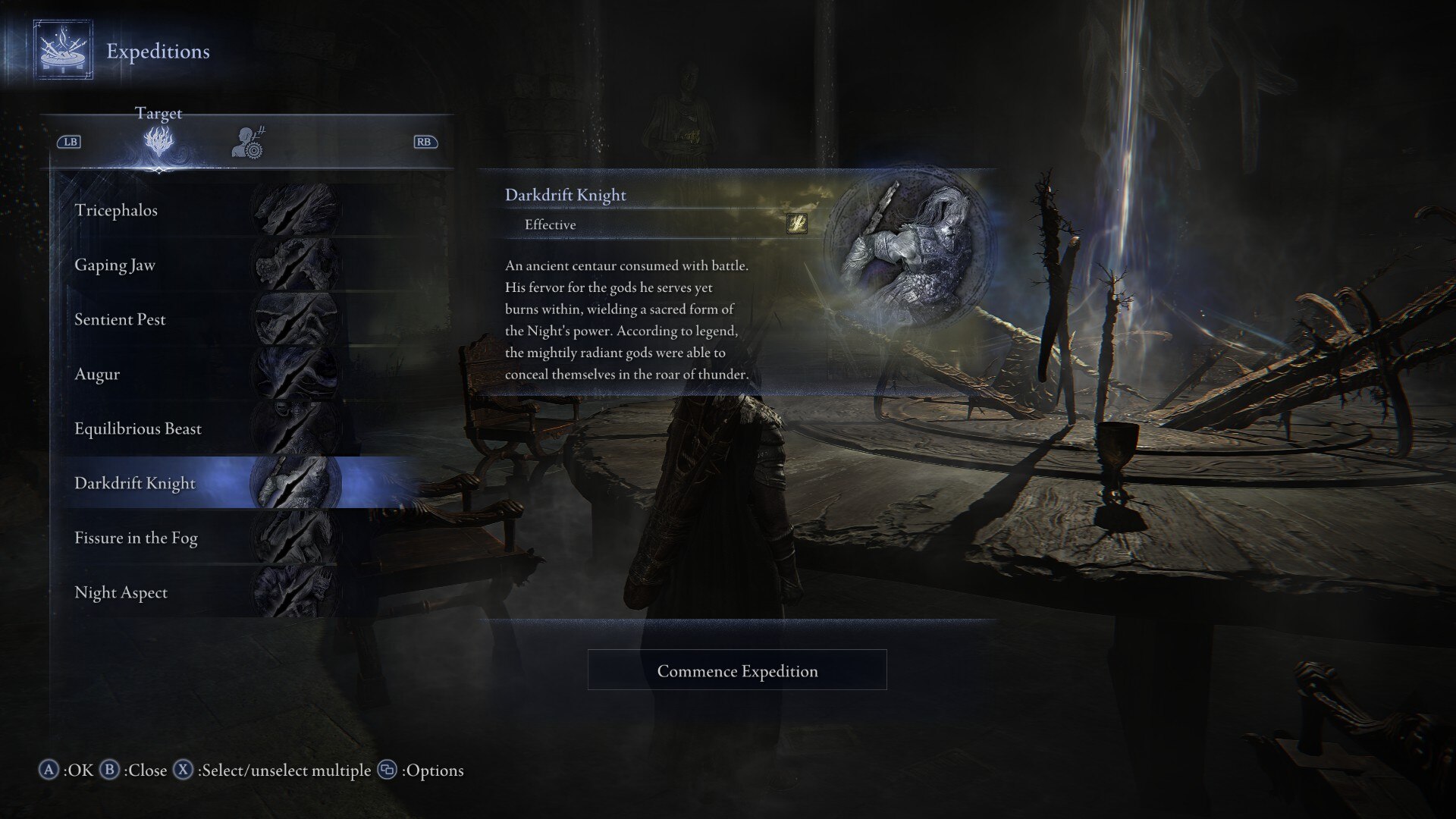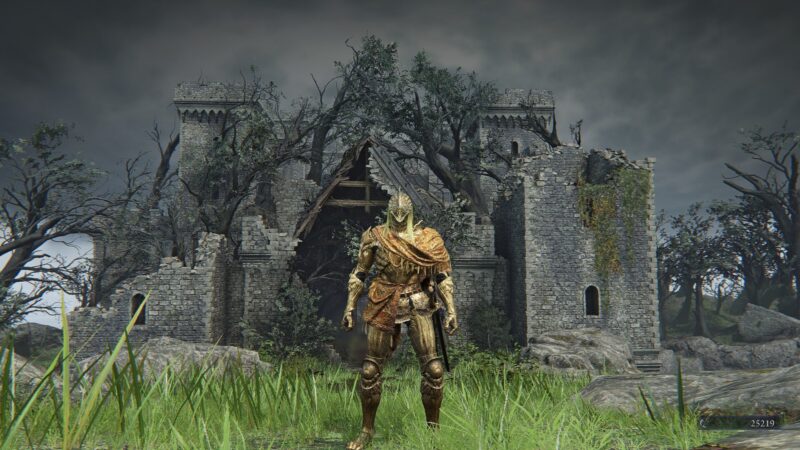Everything you need to know about the elemental affinities in Elden Ring Nightreign, and how they affect boss fights during Expeditions.

Elemental affinities are easily the most powerful tools available at your disposal in Elden Ring Nightreign, granted they’re used properly. In the original Elden Ring, elemental affinities mostly boiled down to Bleed and Frost, which were the two most broken and overpowered statuses in the game. You could brute-force your way through the majority of the content in Elden Ring with Bleed alone. However, that’s not the case with Nightreign. I
nstead, all the elemental and status affinities in Nightreign are equally effective, especially when it comes to the Nightlord encounters. However, to use them efficiently, you first need to know how they work and which boss they work against.
Here’s a comprehensive guide on the elemental affinities in Elden Ring Nightreign and how you can use them to easily defeat Nightlord bosses.
What Are Elemental Affinities in Elden Ring Nightreign?

Elemental affinities in Elden Ring Nightreign work almost identically to those in the original Elden Ring or even the Dark Souls games. These are passive elemental buffs that some weapons come imbued with and can be used to dish out additional damage on top of the physical damage you’re dealing with your weapons.
Elemental affinities like Lightning, Bleed, Frost, Scarlet Rot, and Poison also apply a passive debuff on enemies, which either reduces their mobility, HP, or both. Poison and Scarlet Rot gradually reduce HP for a short time while also applying a defense-down debuff, whereas Bleed and Frost deplete a chunk of HP once the status procs (fills up the status gauge).
On the surface, the elemental affinities have the same function in Nightreign as in past FromSoftware titles. However, there’s a key difference this time around. In Nightreign, all Nightlord bosses have a specific elemental weakness, which works differently from how affinities function in base Elden Ring. Using the right element against a Nightlord can not only apply the associated debuff but also weaken the defenses and stagger the boss.
Furthermore, using the elemental weaknesses of a Nightlord can often make the battle significantly easier by reducing their aggression. For instance, Gladius, the first Nightlord, is weak to Holy.
If you use a weapon with Holy damage, you can easily stagger the boss and also make its phase transitions much more manageable. If you deal enough Holy damage to the boss while it splits into three, you can reduce the boss’s aggression. The same goes for all the other Nightlord bosses.
Elemental and Status Affinity Weaknesses for All Nightlord Bosses

Here is a list of all the Nightlord bosses in Elden Ring Nightreign and their elemental weaknesses:
| Nightlord | Expedition | |
|---|---|---|
| Gladius, Beast of Night | Tricephalos | Holy |
| Adel, Baron of Night | Gaping Jaw | Poison |
| Gnoster, Wisdom of Night | Sentient Pest | Fire |
| Maris, Fathom of Night | Augur | Lightning |
| Libra, Creature of Night | Equilibrious Beast | Madness |
| Fulghor, Champion of Nightglow | Darkdrift Knight | Lightning |
| Caligo, Miasma of Night | Fissure in the Fog | Fire |
| Heolstor the Nightlord | Night Aspect | Holy |

Thank you for reading the article. We provide the latest news and create guides for Elden Ring Nightreign. Also, check out our YouTube channel!
 Reddit
Reddit
 Email
Email

